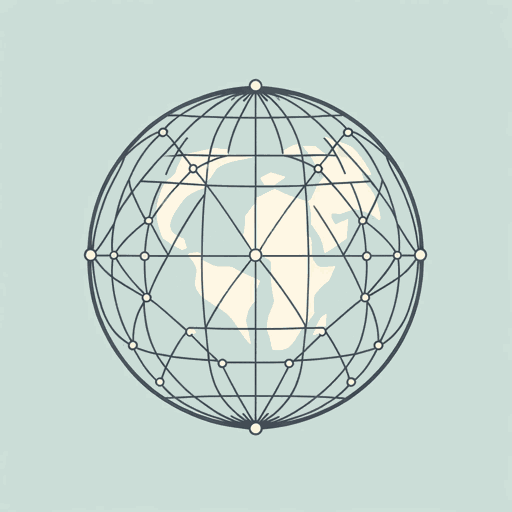62 pages • 2 hours read
Thomas L. FriedmanThe World Is Flat: A Brief History of the Twenty-First Century
Nonfiction | Book | Adult | Published in 2005A modern alternative to SparkNotes and CliffsNotes, SuperSummary offers high-quality Study Guides with detailed chapter summaries and analysis of major themes, characters, and more.
Part 1, Chapters 3-4Chapter Summaries & Analyses
Part 1: “How the World Became Flat”
Chapter 3 Summary: “The Triple Convergence”
Friedman argues that three significant things happened around the year 2000 to further flatten the world.
First, the ten flatteners began to “work together in ways that created a new, flatter, global playing field” (202). They worked like complementary goods, each becoming something more when it worked in tandem with the others. The Web created a new platform for working and connecting people around the world.
The second convergence happened when people adopted new habits and methods for doing business: they moved from vertical to horizontal ways of adding value. This “horizontalization” took over gradually; people continued to rely on old habits and ways of doing things until they became familiar with the new technology and started to incorporate it into their workflow. In the process, the technology changed the workflow. As Friedman states, many of the flatteners he describes have existed for years. Their full potential only emerges when people and organizations “get comfortable with, and develop, the sorts of horizontal collaboration and value-creation processes and habits that could take advantage of this new, flatter playing field” (207).
The third convergence came about as billions of people around the globe gained the opportunity to join economic activity. For decades after World War II, the United States, Europe, and Japan dominated the capitalist world economy.
Related Titles
By Thomas L. Friedman

From Beirut to Jerusalem
Thomas L. Friedman

Hot, Flat, and Crowded: Why We Need a Green Revolution
Thomas L. Friedman

Thank You For Being Late
Thomas L. Friedman

That Used to Be Us
Thomas L. Friedman, Michael Mandelbaum

The Lexus and the Olive Tree
Thomas L. Friedman

